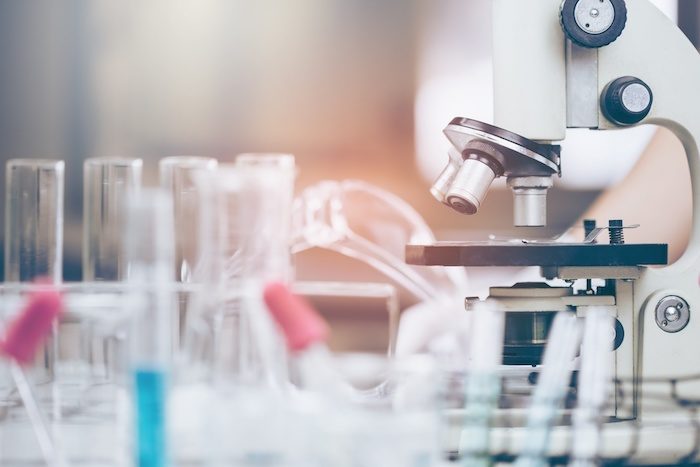Elan M. Sudberg, CEO, Alkemist Labs, also stresses that consumers want to know that what they take will be both safe and effective. “They want to see proof, and 3rd party assurances and certifications are good. This seems like common sense, however much of our industry is hidden behind proprietary blends and other secret sauce. Such will not sustain the trust of our future customer base.”
Putting a mark on your product, Miller says, shows consumers you are invested in their well-being. “It assures that the product does not contain unacceptable levels of contaminants, and verifies the identity and quality of the ingredients declared on the label, all of which speaks to a manufacturer’s dedication to quality, safety and/or good manufacturing practices. And, in today’s highly educated marketplace, I am glad to say those qualities are fast becoming the competitive standard.”
Selecting a lab “Manufacturers looking for certification services should be looking for a lab that has received ISO/IEC 17025 accreditation of general requirements for the competence of testing and calibration laboratories,” advises Miller. “This is a third-party check on laboratory services like the ones provided by NSF International—it’s a ‘check on the checkers.’”
In addition, says Miller, look for a lab that can develop validated test methods individualized for each product. “It cannot be a one-size-fits-most approach,” he stresses. A test method developed for oils, for example, is going to be a very different process than one used on a gummy.
Be clear on what you’re testing for, too, says Sudberg. “Identity, purity, potency? The lab needs to know what it’s testing for before they start, and be equipped for the assignment.” Sudberg’s 5 basic steps to picking the right lab:
1. Make sure the lab hasn’t received an FDA warning letter for “significant violations”—labs can be vetted on the FDA.gov website.
2. Audit the lab. “Not a paper audit, which is inadequate, but rather a professional auditor onsite,” Sudberg explains. “Audit to cGMPs for 21CFR part 111 and audit to any accreditations claimed. Talk with employees and review their training records. Ask to see the complaints documentation system, and many more details that are best done by an expert in lab auditing.”
3. Review relevant accreditations. “In the audit, review that the methods to be deployed fall under the ISO 17025 accreditation. If not, dive deeper into the fit for purpose and suitability of the methods—this is why you use a professional auditor. More simply put, when selecting a lab, find one that is ISO 17025 accredited in the testing you need performed.”
4. See how you match up. “Here’s an insider secret: No lab is excellent at every kind of testing, so make sure to find the ones that are best at the kind of testing you need,” Sudberg says. “For example, Alkemist Labs is known for top notch testing of plants for identity and potency. People come to us to make sure the herbs they want to use are what they are supposed to be, genus, species and plant part, and the potency they expect. They are not going to ask us to test their zinc, nor should they.
5. Ask around—reputation matters. “A common logical fallacy swirls around in the bowels of this industry that says labs are all subject matter experts, trusted invariably and never wrong, but the truth is cheaters cheat and bad labs do still exist,” says Sudberg. “Using a lab that is ISO 17025 for the specific test method you need deployed is best practice and if marketed correctly offers the final benefactor of quality—the consumer—assurance that the product was tested correctly.” WF










